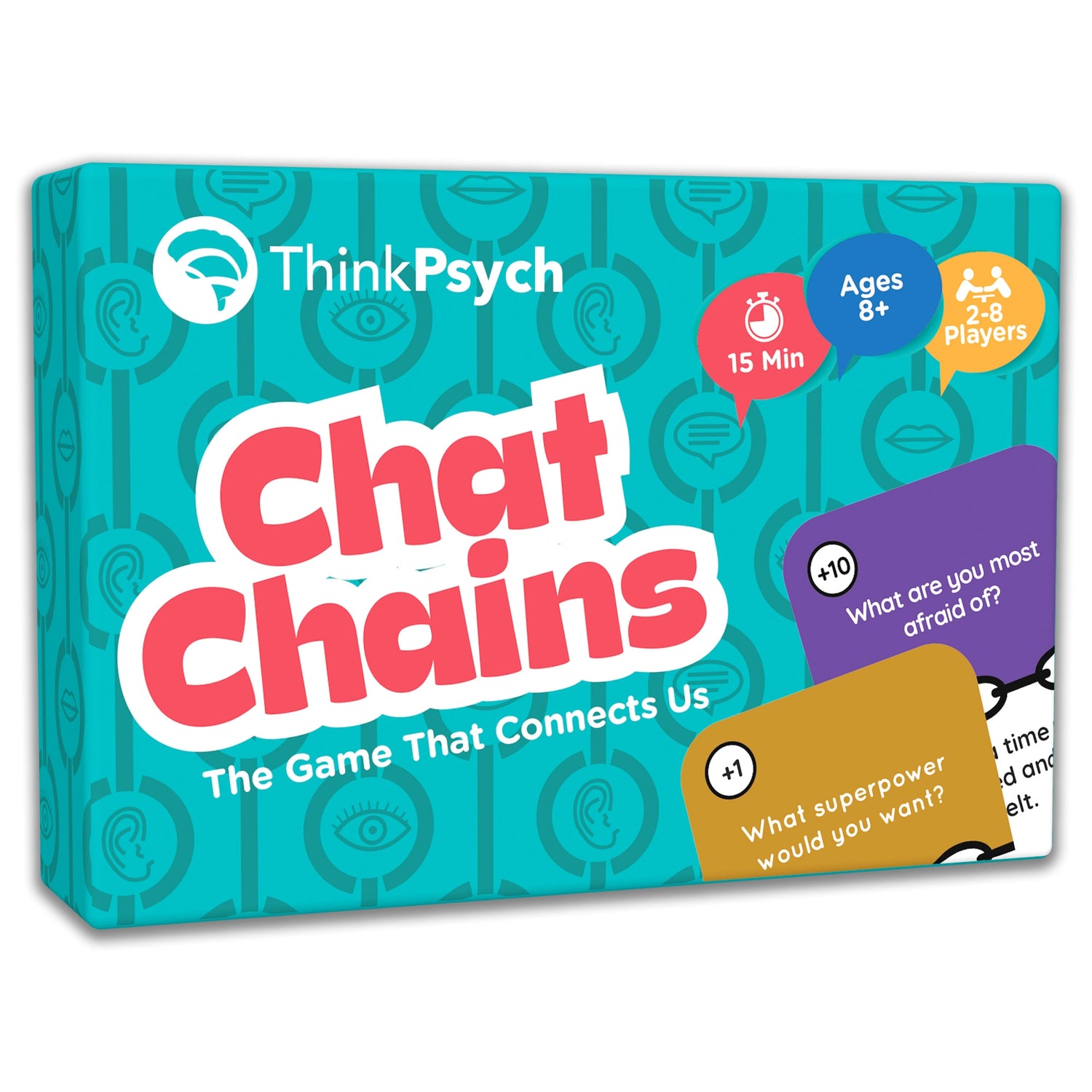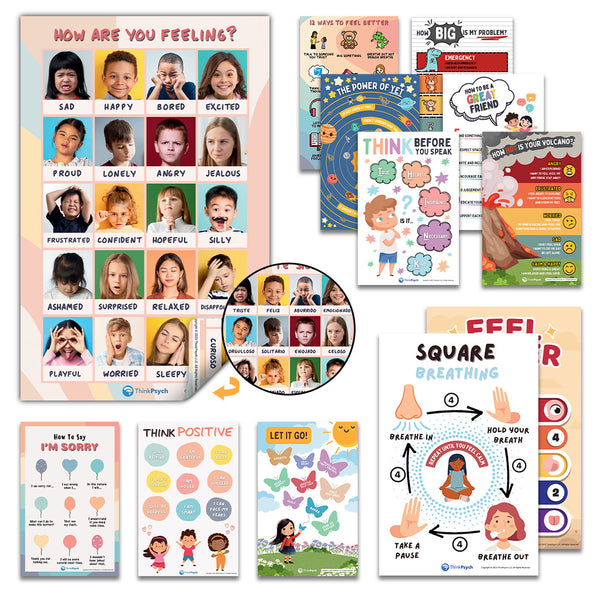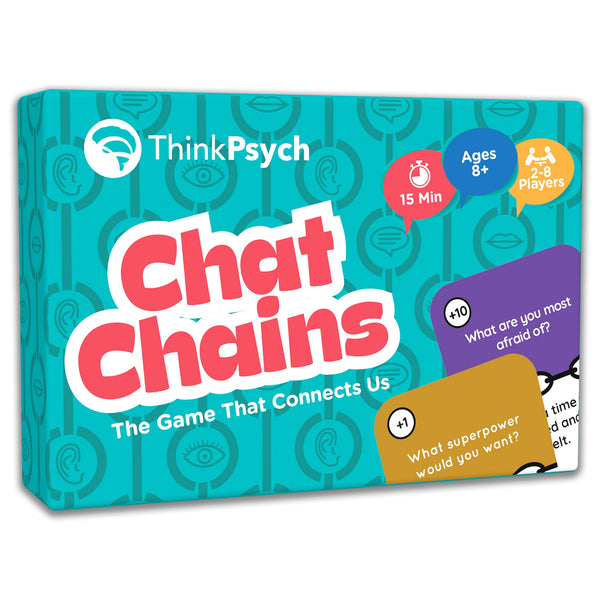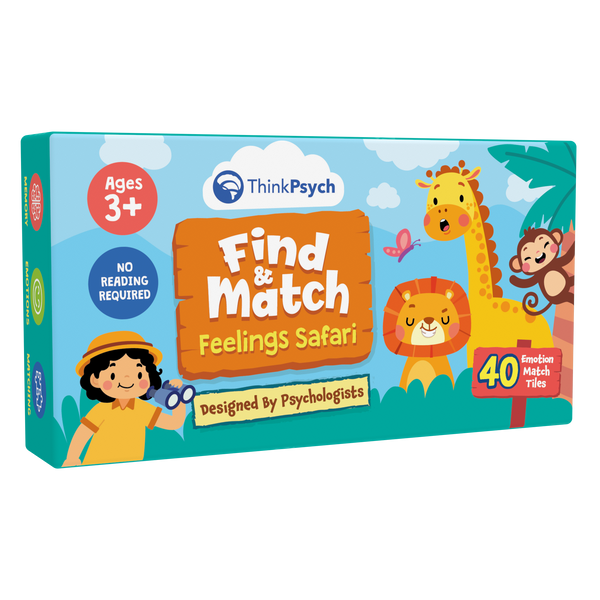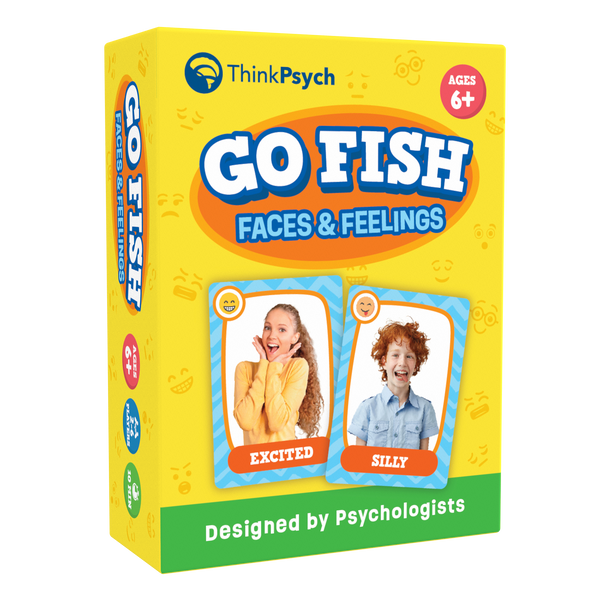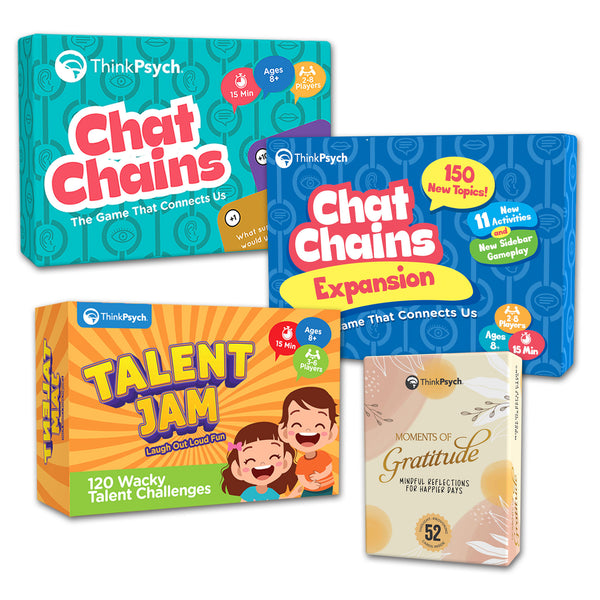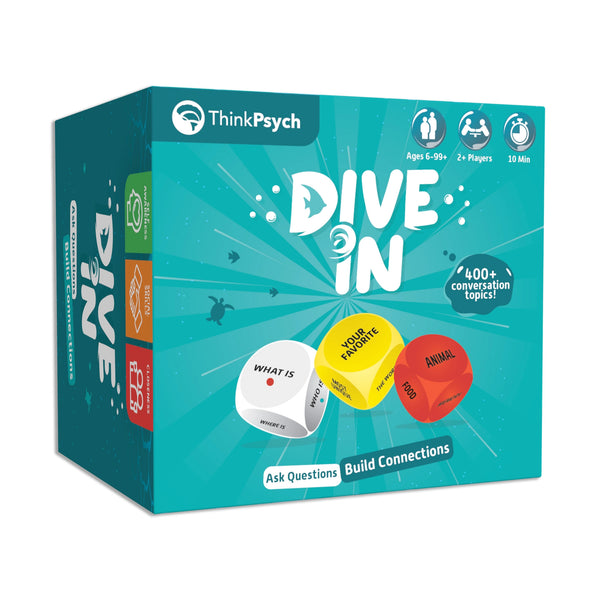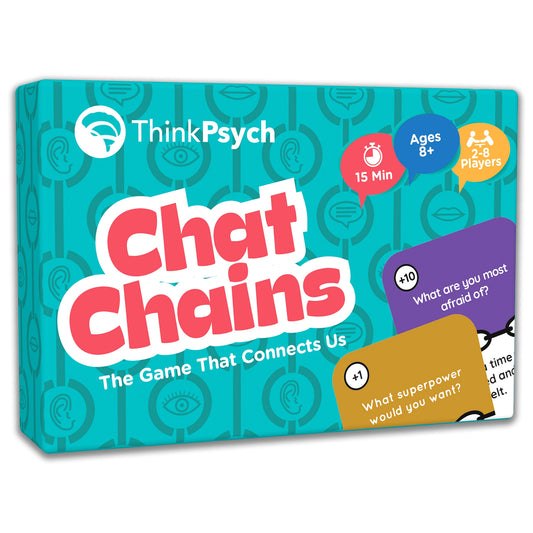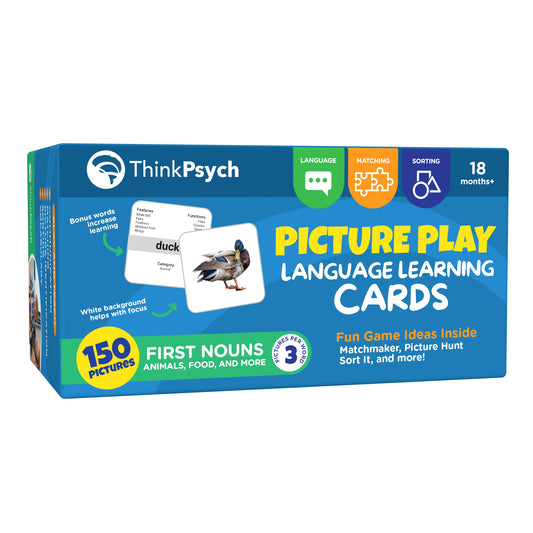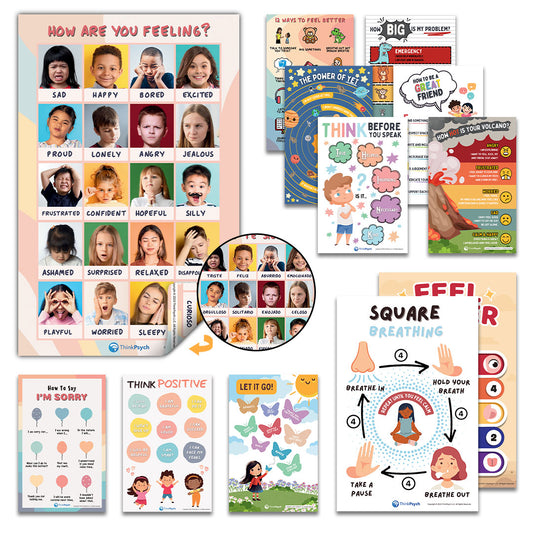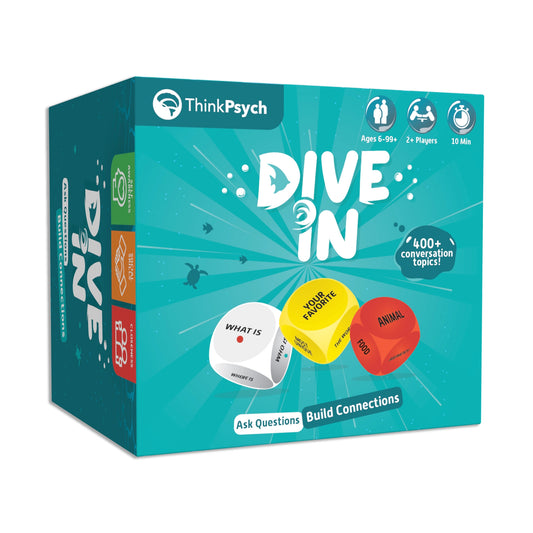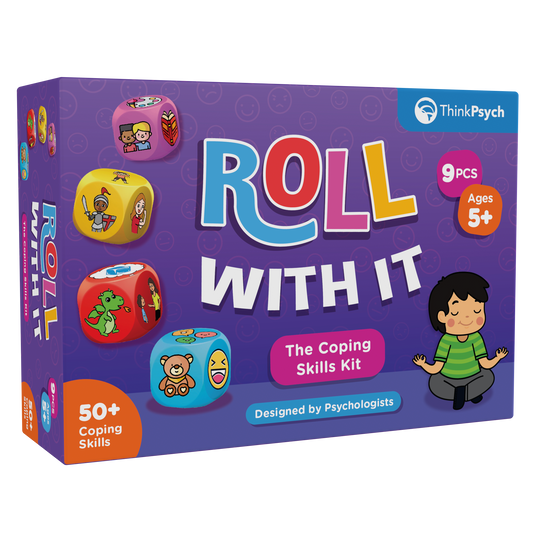
How to Incorporate Social Emotional Learning in the Classroom
Share
There’s no doubt about it: a classroom can be full of conflict. With so many different children and their developing sense of self, there are many opportunities for situations to arise. Fortunately, there are ways that conflict can be diminished for students. Social emotional learning in the classroom can help children to develop empathy for their fellow students. It can also help them to engage with their teacher – and classmates – in a more authentic way.
All it takes to bring the benefits of social emotional learning into the classroom is a few key things. And by engaging with them, children will develop the kind of growth mindset that will help them succeed!
Schedule Classroom Meetings
Organizing a meeting for your classroom can be the perfect way to engage in face-to-face discussion. Fortunately, it’s a strategy that can work for kids whether they’re toddlers or teenagers.
For young children, a class meeting can involve getting students into a circle so they can see each other throughout the meeting. Activities can be as simple as asking questions, greeting other students, or acknowledging an emotion.
As kids get older, they can take part in the planning and execution of meetings. This may include anything from being the main speaker to choosing the meeting topics.
By having classroom meetings, children can get a sense of where other children and their teachers are at. This can help them to express themselves, develop empathy and utilize social emotional learning in the classroom.
Teach Conflict Resolution Strategies
In life and in the classroom, there are many times where conflict can be avoided. However, conflict is a part of life and exists in and outside the classroom. That’s why having a strategy children can use for how to resolve it can be helpful.
While it’s ideal for the tranquility of a classroom to minimize conflict, it’s good to have a discussion when an issue arises. If the conflict is between two children, engaging after the fact can be a valuable lesson. A timeout or time away from the conflict may also be necessary.
Where possible, ensure that students can speak about their feelings clearly and appropriately. It’s also important that they’re able to listen to their classmate’s experience of a situation. This can help them in implementing social emotional learning in the classroom.
Start the Discussion
As a teacher, it will often be up to you to bring up a point of discussion or push a conversation forward. It’s an important part of managing the class and arriving at the conclusion you’re moving towards.
An important part of getting children to open up in the context of social emotional learning is to share life experience. Whether you share an experience of learning something new you struggled with or a conflict you had, it can be a means of helping students.
By opening up about your own personal experiences, students will develop the skills to share their experiences. They may also feel more comfortable being honest about their struggles. This can assist in providing a more honest dialogue in the classroom.
Engage in Role Playing
We know that kids love to play! And what better way to integrate social emotional learning in the classroom into what they love?
Role playing can be the perfect way for children to get a new perspective, and to think about the way that others might feel. Try having a sit down together and writing a bunch of different emotions on cards. Students can then act out what the emotion looks like and how it feels. You can also ask them how they can help their fellow students deal with these feelings.
Shop ThinkPsych Products
By identifying the nature of emotions and understanding them, kids will be better able to articulate how they feel. They’ll also be able to show compassion for others when they’re experiencing sadness, anger, or fear.
Provide Support & Encouragement
We all know that a child who experiences support and encouragement will be able to manage the daily struggles of life. Instead of looking upon a challenge as something difficult, they’ll welcome them because they have security and confidence.
Instilling this in a child can be as easy as simple, daily rituals. By establishing a connection with students, a simple hello during the day or acknowledging an assignment they did well on, they will feel seen. When this occurs, students will feel like who they are and what they do has meaning.
Whether a student has done well on a math assignment or has helped another student with a question, it’s important to acknowledge positive accomplishments.
Practice Makes Perfect
In order for children to open up in the classroom, they will need to feel supported and encouraged. They will also need to be in a comfortable environment where sharing is welcome. But this takes time…and practice!
To develop these skills, a teacher may want to have students practice exercises that will help to engage their listening skills and empathy. For example, have them try gratitude activities by writing down some positive words for a classmate. Over time, children will be better able to see the strengths in their classmates.
It’s important to be aware that there will be ups and downs in the process. There will be days where a student will be less likely to employ empathy, whether they’re tired, sick, or having a bad day.
Fortunately, by having the tools for dealing with others, students will be able to express their feelings and engage with social emotional learning in the classroom.
Conclusion
With so many things going on, the classroom can present many opportunities for conflict. Fortunately, by employing social emotional learning in the classroom, kids can develop the tools to succeed.
With regular classroom meetings and an open dynamic, children can develop empathy and understanding for their classmates. The right kind of encouragement can go a long way towards making them feel valued and respected within the class.
If you’re wondering how to support social emotional learning in the classroom, Chat Chains can be a great way to facilitate engagement. By starting the conversation, every student has the chance to speak up and develop a more authentic relationship with their classmates!
References
Teach for America. How to Incorporate Social-Emotional Learning in Your Classroom. https://www.teachforamerica.org/one-day/top-issues/how-to-incorporate-social-emotional-learning-in-your-classroom
Edutopia. Five Simple Techniques to Incorporate Social and Emotional Learning. https://www.edutopia.org/blog/social-emotional-learning-education-sel-mary-kate-land
